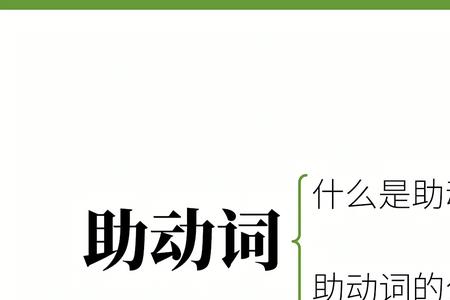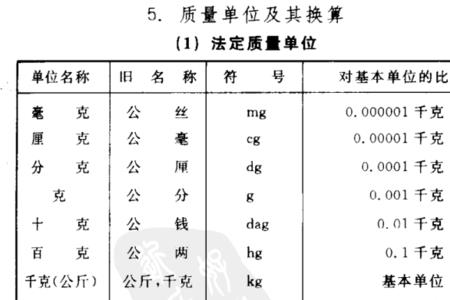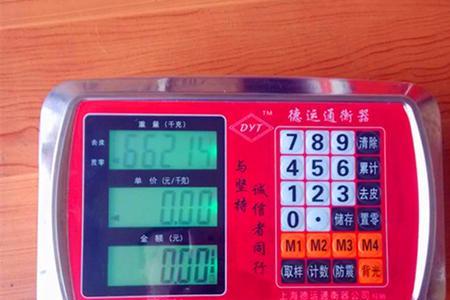不一样
之所以叫做“半助动词”,是因为它们在语法上既有主动词的特征又有助动词的特征
半助动词可大体分为三种类型:
一种是以be 为中心成分
如 :be about to, be bound to, be going to, be sure to, be certain to, be(un)likely to, be to
另一种是以 have为中心成分,如have to, have got to,had better
第三种是以seem/happen/appear/tend等为中心成分,如: seem to, happen to, appear to, tend to,等等。
而助动词协助主要动词完成以下功用,可以用来:
a. 表示时态
例如:
He is singing. 他在唱歌。
He has got married. 他已结婚。
b. 表示语态
例如:
He was sent to England. 他被派往英国。
c. 构成疑问句
例如:
Do you like college life? 你喜欢大学生活吗
Did you study English before you came here? 你来这儿之前学过英语吗
d. 与否定副词not合用,构成否定句
例如:
I don't like him. 我不喜欢他。
e. 加强语气
例如:
Do come to the party tomorrow evening. 明天晚上一定来参加晚会。
He did know that. 他的确知道那件事。
3) 最常用的助动词有:be, have, do, shall, will, should, would






